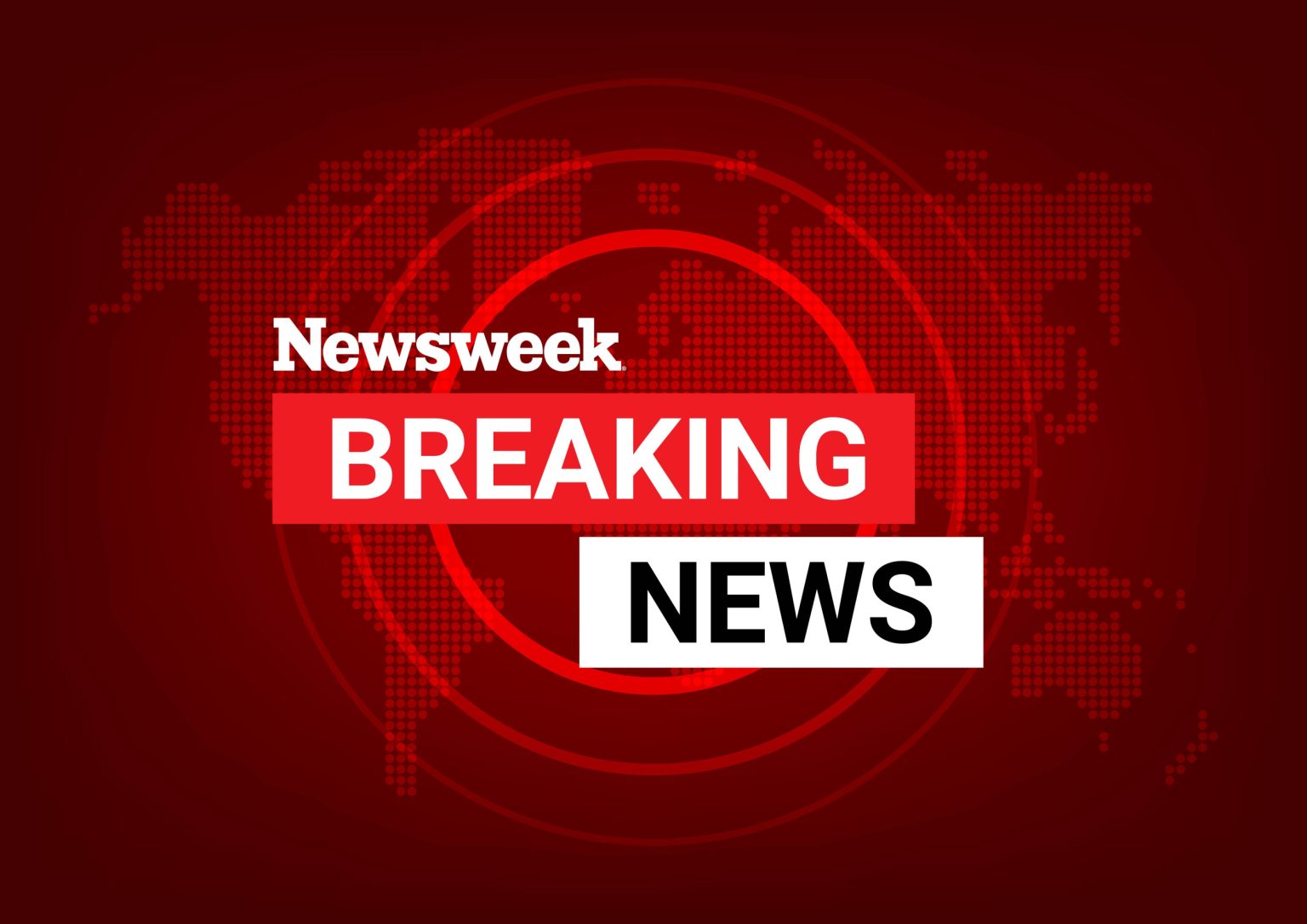Russia Dismisses Poland’s Accusations of Drone Violations Amidst Rising NATO Tensions
In a dramatic escalation of tensions along NATO’s eastern flank, Poland and Russia find themselves at odds over allegations of airspace violations during recent military operations targeting Ukraine. The diplomatic confrontation highlights the increasingly precarious security situation in Eastern Europe, where even minor incursions can trigger significant international responses under collective defense agreements. This incident represents yet another chapter in the deteriorating relationship between Russia and NATO allies as the conflict in Ukraine continues to send ripples across regional borders.
The Polish government has made serious accusations against Russia, claiming that 19 Russian drones crossed into Polish airspace during a large-scale attack targeting western Ukraine. According to Warsaw’s account, the severity of the incursion necessitated defensive action, with Polish forces reportedly shooting down some of the unmanned aircraft that penetrated their territory. The gravity of the situation prompted Poland to invoke NATO’s Article 4 mechanism – a formal procedure that alerts all alliance members to a significant security threat and initiates consultations on potential collective responses. This rare step underscores how seriously Poland is treating these alleged violations and reflects growing concern about Russia’s military activities near NATO boundaries.
Russia’s embassy in Poland has categorically rejected these accusations, issuing a strongly-worded statement to Newsweek that characterizes Poland’s claims as groundless provocations. “The Polish side once again failed to present evidence of the Russian origin of the objects that entered Polish airspace (and there is no reason to expect that it will), and completely groundlessly accused Russia of provocative actions,” the embassy stated. This dismissive response follows a pattern of Russian diplomatic communications that frequently deny involvement in controversial military activities, particularly those that could be interpreted as direct challenges to NATO territory. The embassy’s statement implies that Poland is fabricating or exaggerating the incident, possibly for political purposes.
The confrontation takes place against the backdrop of Russia’s ongoing military campaign in Ukraine, which has frequently featured drone and missile strikes against civilian infrastructure in western regions of the country, close to the Polish border. These attacks have repeatedly raised concerns about the potential for unintentional or deliberate spillover into neighboring NATO countries. Previous incidents involving stray missiles or drone debris landing in Poland have triggered international alerts and emergency consultations among alliance members. This latest alleged incursion, if confirmed, would represent one of the most significant breaches of NATO airspace since the conflict began and could potentially require a more substantial response from the alliance than previous border incidents.
NATO’s Article 4 mechanism, which Poland has now activated, provides a formal framework for alliance members to consult when a member state perceives a threat to its territorial integrity, political independence, or security. Unlike the better-known Article 5, which commits members to collective defense, Article 4 focuses on consultation and coordination rather than immediate military response. The invocation of this provision indicates that Poland perceives the alleged drone incursions as a serious security threat warranting alliance attention, even if it stops short of declaring an armed attack. How NATO responds to Poland’s concerns will be closely watched by all sides, as it may set precedents for handling future incidents along the alliance’s eastern border with Russia.
As this breaking news story continues to develop, the international community awaits further evidence and potential responses from both NATO and Russia. The incident underscores the fragile nature of European security architecture and how quickly isolated events can escalate in an environment of mutual distrust. Should Poland produce concrete evidence of Russian drones in its airspace, pressure would mount for a coordinated NATO response. Conversely, if no conclusive proof emerges, Russia may use the incident to portray NATO as unnecessarily aggressive or paranoid. Either way, this latest confrontation adds another layer of complexity to an already dangerous regional security situation, with the potential to further strain diplomatic channels between Russia and the West at a time when communication is most needed to prevent miscalculations.


